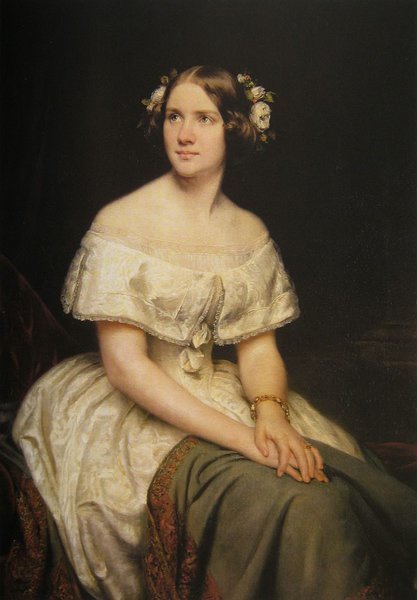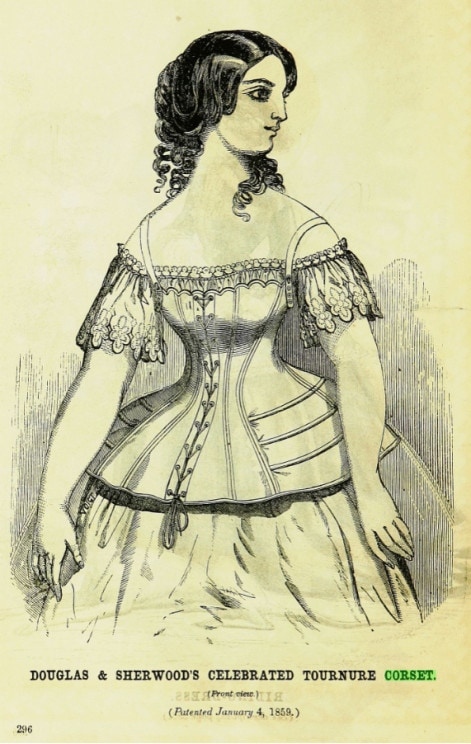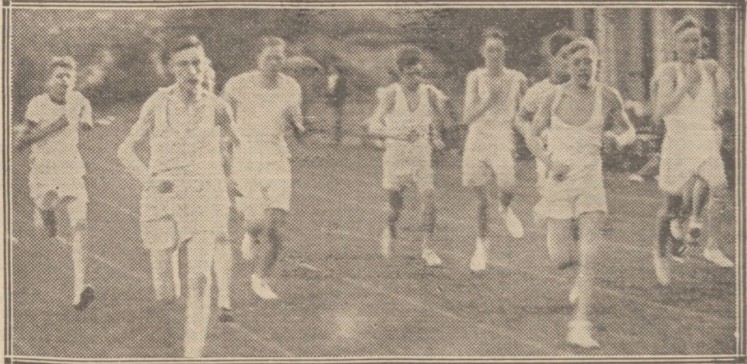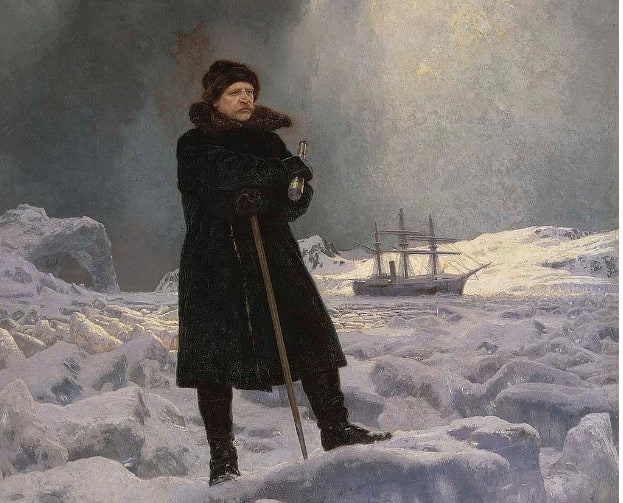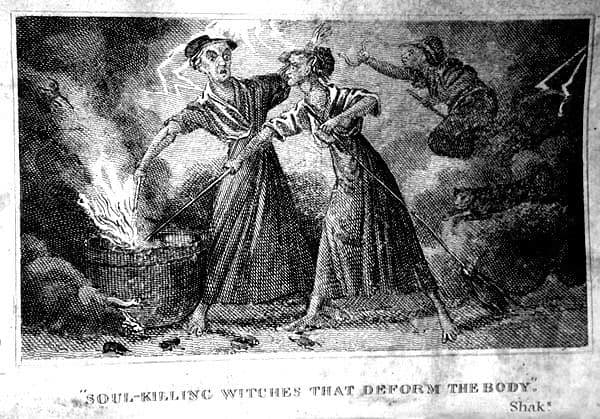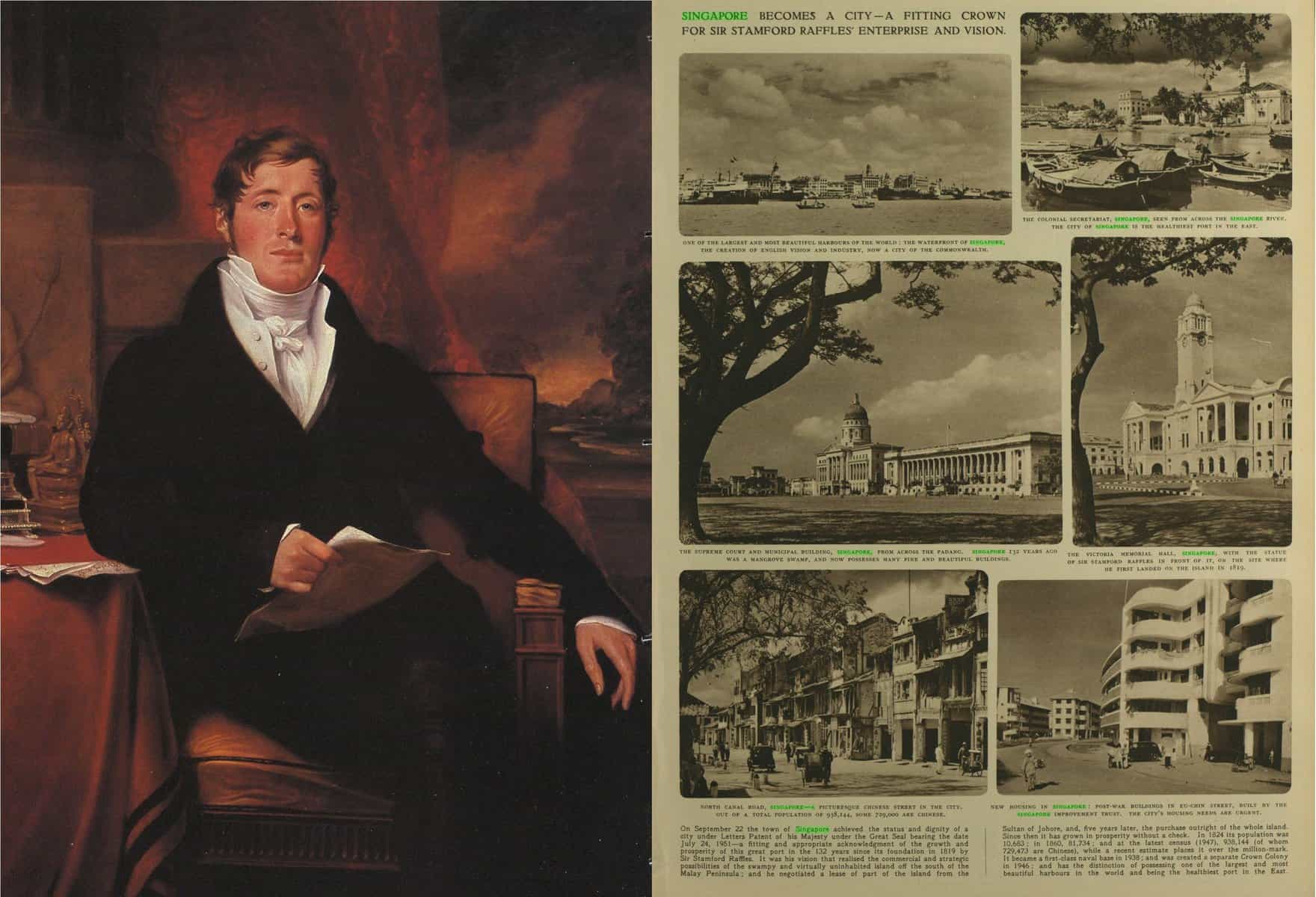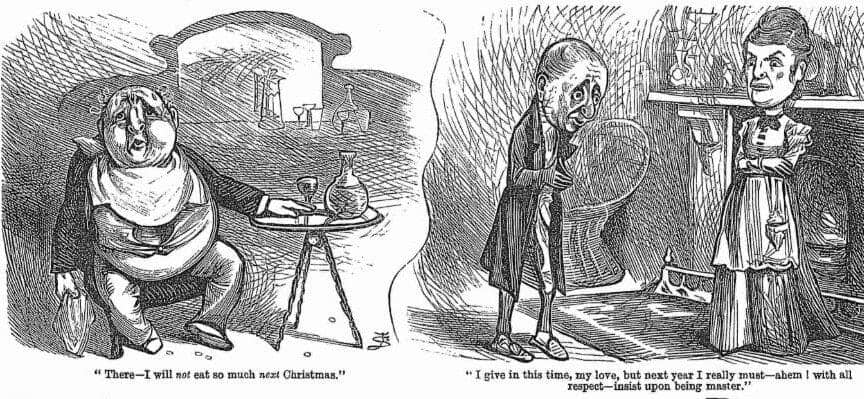│By André Buller, Gale Ambassador at the University of Portsmouth │
Ideas of sorcery, witchcraft and incantations have persisted in intriguing me throughout my years of study. The ways in which the supernatural arose and manifested alongside historical events has always fascinated me, and consequently I’ve found myself studying subjects that considered the mystical in both the literary and historical units of my degree. The topics I’ve studied in these classes have ranged as widely as manifestations of the supernatural have in the past. One week I’d study the seventeenth century, witch-hunts of Salem and the pursuits of Matthew Hopkins, but by the next week be focusing on the rise of Occultism.
Though definitely interesting, the famous contention between sceptical magician Harry Houdini and stalwart believer Arthur Conan Doyle did not discuss specific methods of magical practise at that time, leaving something of a gap in my knowledge of how the mysticality of witchcraft persisted in the nineteenth century. However, Gale Primary Sources proved bountiful once again, and through exploring this wealth of documents it is possible to answer methodological questions – such as how people cast spells – to those of a more analytical nature, such as how witchcraft was defined in the Victorian era.
Read more

